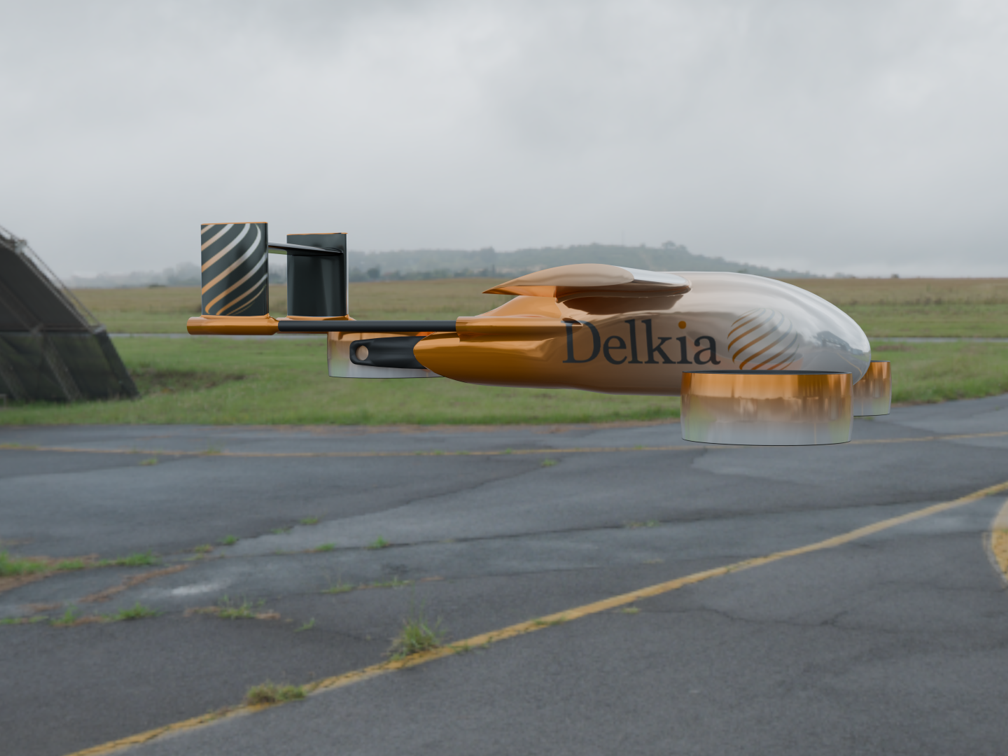APM projects the future of mobility and transport
There will be enormous challenges in delivering mobility and transport for the future. Regulatory, political, technological, environmental, and commercial factors will all be in play, along with questions of changing consumer and citizen behaviour writes Stephen Rooney, policy manager at Association for Project Management (APM).
The project profession will be involved in delivering huge transformational projects in mobility and transport over the years ahead, as 4IR technologies converge with cleaner, greener power sources. The arrival of autonomous vehicles, of drones, the delivery of high-speed rail, airport expansion, and changes in shipping all offer huge challenges and opportunities.
At the same time, there will be major projects to maintain and upgrade existing transport infrastructure – with all the challenges inherent in working on services that are used by large numbers of people every day. It is these opportunities and challenges that are the subject of APM’s fourth ‘Projecting the Future’ Challenge Paper The Future of Mobility and Transport.
The world’s largest annual Consumer Electronics Show (CES) – taking place in Las Vegas this month – has been dominated by the future of mobility and transport, with near-future products and services being unveiled relating to everything from self-driving technology to 5G connectivity and even in-car video games. Sony surprised CES by revealing a car of its own – the Vision-S with an electric powertrain. Hyundai announced that it has teamed up with Uber and plans to spend in excess of $1.5bn to build self-driving flying taxis.
New infrastructure, physical and digital, will be needed to enable such new modes of transport. New systems will be created for managing transport services. New business models will be created, as companies transform their products and services to make the most of new technology. Established, incumbent businesses and industries will come under increasing challenges as disruptive new models emerge.
Get it right, and the benefits for consumers and society as a whole could be immensely positive: but get it wrong, and the future could be nightmarish. Speaking early in 2019 about the potential of autonomous vehicles, the (then) Transport Minister Jesse Norman contrasted his optimistic vision of the future with a dystopian ‘Pod World’, with city streets “full of autonomous vehicles, all travelling at four miles per hour, 12 inches apart”. As Norman argued, the challenge requires “deep and long-term thinking about principles and priorities.” That means action from policy makers, but it will surely also challenge project professionals to build meaningful and extensive stakeholder engagement into their work.
The challenges ahead also demand clarity about the intended benefits of projects. So often, speed is perceived as the highest priority in transport: yet as recent proposals to restrict speed limits on roads and in shipping remind us, high speed means high energy use, and that means higher harmful emissions.
Projects to deliver the future of mobility and transport will need the highest levels of professionalism and expertise and will demand technical excellence in delivery, and a real emphasis on the people dimension, including engaging stakeholders with diverse and potentially challenging views.
There will be enormous challenges in delivering mobility and transport for the future. Regulatory, political, technological, environmental and commercial factors will all be in play, along with questions of changing consumer and citizen behaviour. Yet the potential for radical transformation is clear. Project professionals will be challenged like never before: they will be at the heart of shaping the future of mobility and transport.
A view from the Chartered Institution of Highways & Transportation:
“The way transport professionals plan and develop future networks is changing.”
The CIHT FUTURES report in 2015 highlighted a need to embrace uncertainty into the systems that governments and those that advise them use. CIHT’s advice Better Planning, Better Transport, Better Places 2019 shows how planning and transport need to be integrated across a wide range of areas.
“The fundamental challenge of climate change linked to the growing issues of health and inequality will mean the development of mobility and transport in the future cannot be undertaken on economic grounds alone. Projects cannot be treated as simple end to end processes but will need to demonstrate how they contribute over time to the complex outcomes societies need.”
APM’s Projecting the Future paper on The Future of Mobility and Transport can be found here.
You can share your views by visiting LinkedIn, Twitter and Facebook using #projectingthefuture or via email.















